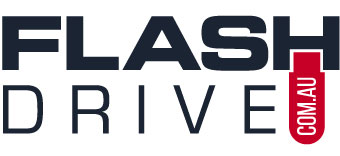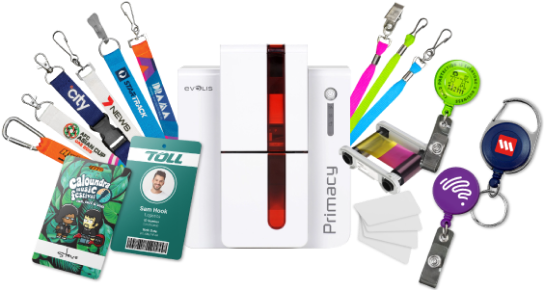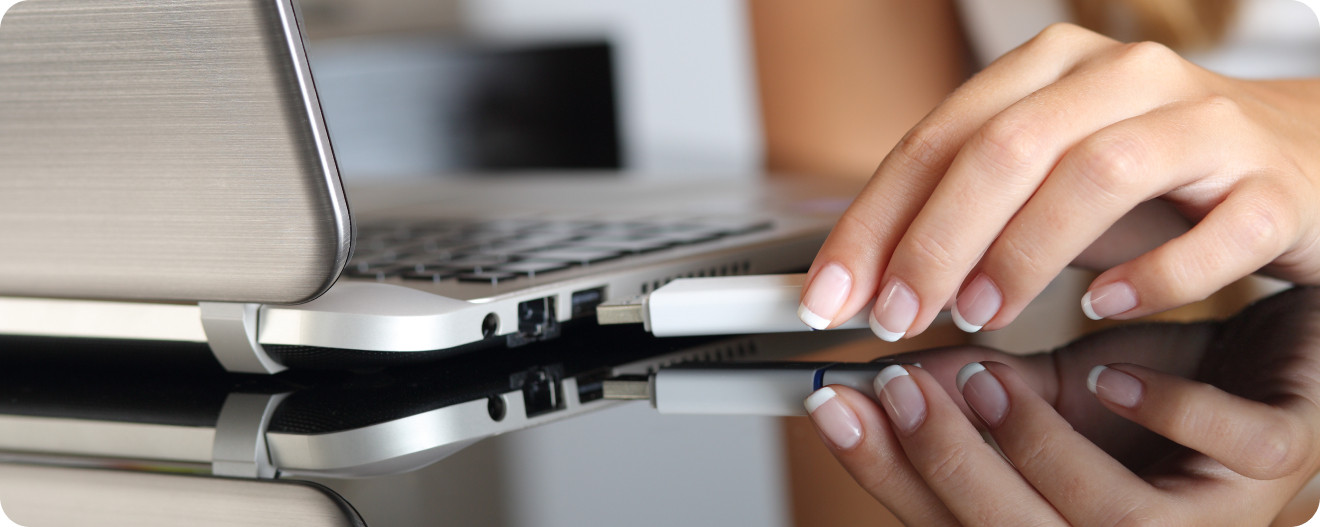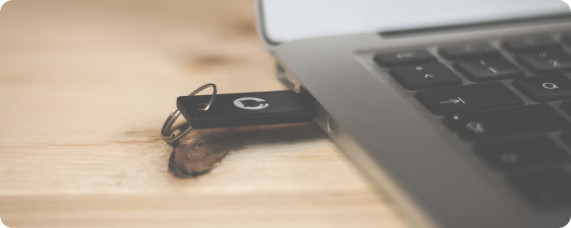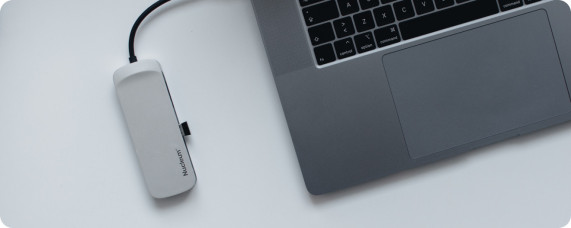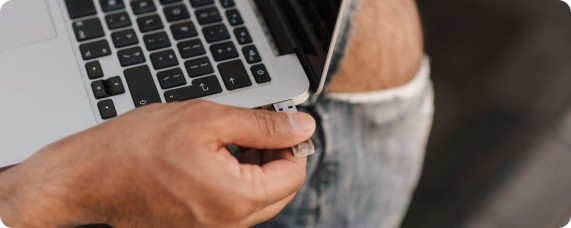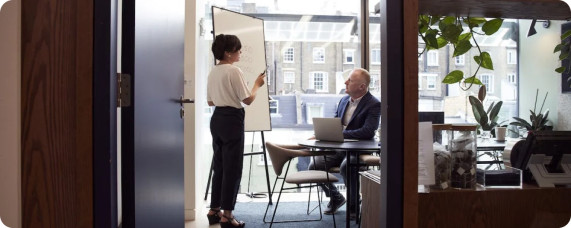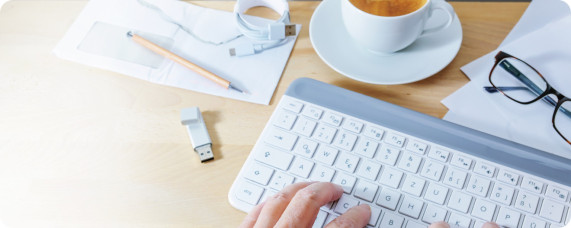Backing up your data on a flash drive is an easy way to protect your data in the event of data loss. If you don't know how to use a flash drive, keep reading to find out why you need one and how to use it.
The fact is in today's world, we rely on our computers more than ever. They store the vast majority of our most important documents and personal photos.
If something happens to your computer and your data isn't backed up, your data can be lost forever. Your data is at risk, whether you run a business or have your personal information stored on a computer. Between ransomware attacks, hard drive failures, and accidents, your data can be gone at any time.
Despite this huge risk, 58% of businesses aren't prepared to handle data loss, and 60% of businesses that lose their data will shut down in six months.
That can be prevented by backing up your data on a USB flash drive. Here's how to do it.
Know What's Most Important
The very first thing you have to do is to assess what your important files are. This could be anything from your documents, music, photos, and email files.
This gives you an opportunity to go through the files on your computer and determine what you need and you might come across files that you don't need anymore.
Even if you have your data stored using a cloud service, it doesn't guarantee that your data is safe.
How To Use A Flash Drive to Backup Your Files
There are a couple of ways to back up your files.
Method 1:
The first is to simply connect the usb drive to your computer. Once connected go copy each individual file & folder to your USB Drive. This can take up a lot of time if you have a lot of data that needs to be backed up. It is a very easy way to transfer files but will not be efficent if you need to transfer many files fast.
Method 2:
- If you want to know how to use a flash drive for backing up data, take a look at the Windows backup tool. Make sure your USB flash drive is connected to your PC.
- In the search bar in Windows type "Backup." An option for the Backup app should appear. Open the app. The software will first give you an option to add a drive to back up your files. Select the drive for your USB drive.
- Next, you'll have to choose what data gets backed up. You can choose what you want to have backed up or go with Windows option to back up All information on this computer.
- It's best to select the files you want to have backed up yourself. This will ensure that all of your most important files are backed up and you're not backing up files you don't need.
- You want to be sure the USB drive has the same capacity as your backup files.
- On the next screen, you'll select your USB drive again and Windows will create a backup to your USB drive. Once the process is complete, check the flash drive to make sure all of your important files were backed up.
Creating A USB Recovery Drive
Windows 8 and 10 devices let you make a recovery USB drive that you can use to boot your computer if it won't start or you need to reinstall Windows. It will also troubleshoot problems if your PC is giving you a hard time.
You also want to make a separate backup of your system's boot files. This would require a second USB drive, but it would provide an extra safety measure is you need to reset or restore your PC.
To create a USB Recovery Drive, you can do that by opening the "Create a Recovery Drive" app in the Control Panel. The Recovery Drive app opens and gives you the option to back up your system files to your USB drive. Check the box that says "Back up system files to the recovery drive" and click Next.
The app will then go through your system files and tell you how much space you need on your USB drive to create the files, this is usually 8GB or more.
Insert Your USB Drive Into Your Computer
Select the proper drive that you USB is on (usually E: or F:) and click next.
Windows will create this recovery drive for you. This can take a bit of time, depending on the size you're your recovery files and the speed of your computer.
Once the recovery drive is finished, you'll be asked if you want to delete the recovery partition from your PC.
Put a label on this USB drive that says it's a recovery drive and keep it in a safe place in case you need to restart your computer in the future. Be sure to keep it separate from other backup files or data. Otherwise, your computer won't reboot.
Using Your Backup Files
If the worst-case scenario happens and you need to use your recovery or backup files, all you have to do is plug in your USB drive.
To access your recovery drive in those instances when your computer doesn't boot, plug in your USB drive and start your computer.
Windows will automatically boot from this drive and bring up a screen that gives you options for repairing or troubleshooting your PC.
Choose your option and then Windows will take care of the rest. For your backup files like photos and documents, all you have to do is insert your USB drive and copy your files from the external flash drive to your computer.
Use A USB Flash Drive to Save Your Data (and Your Business)
The more you rely on computer data, the more vulnerable we become to attacks. There are many possibilities to lose data, from ransomware attacks to hard drive failures.
Backing up your data on a USB drive is an easy way to keep your most important data safe and secure. Having a system recovery drive on hand also allows you to troubleshoot and reboot your computer without losing a lot of time or resources.
Why leave your data to chance?
Help Ensure Your Staff Retain All Work Data
We offer custom branded flash drives for your teams so they can back up their data and keep it safe.
Contact us today through our contact form for a free quote and virtual mock-up or purchase them straight from our online store here just choose the type you would like: Custom USB's
